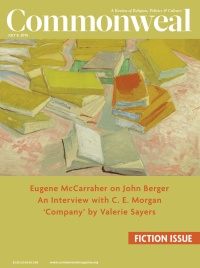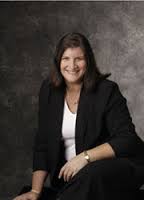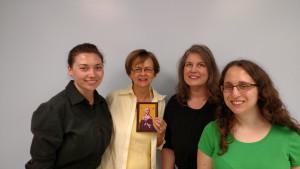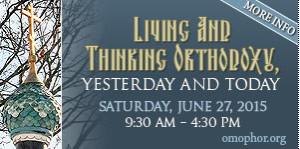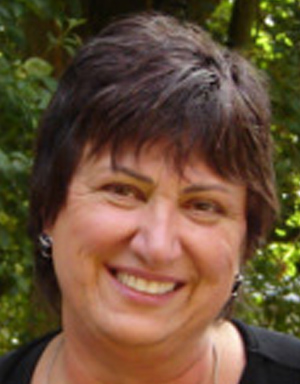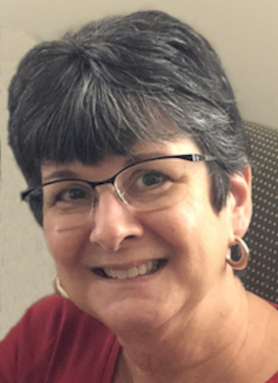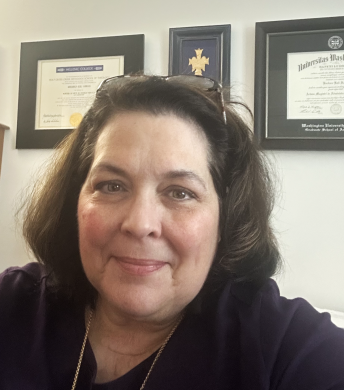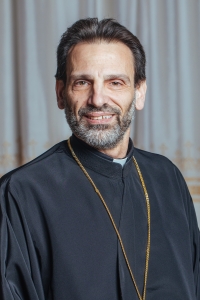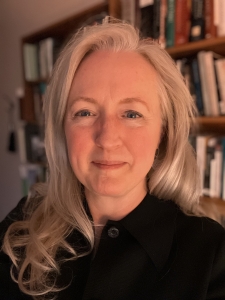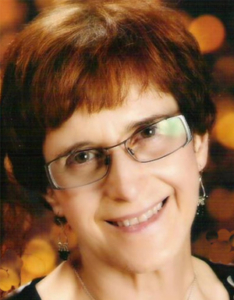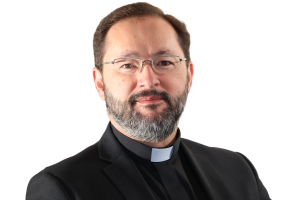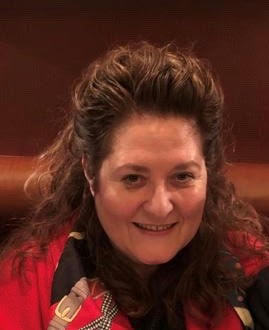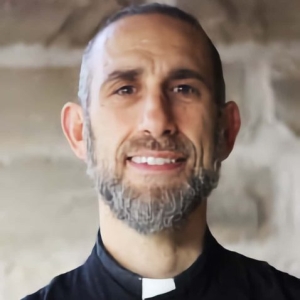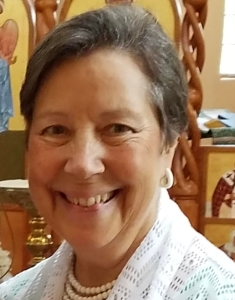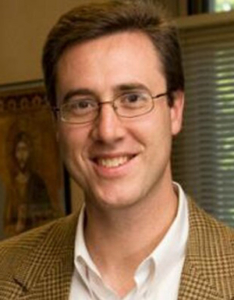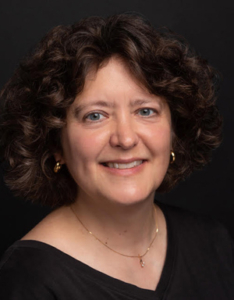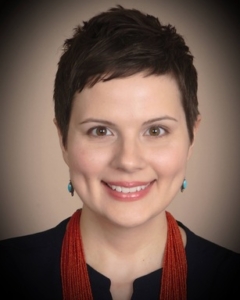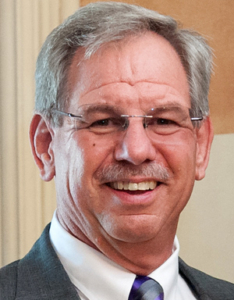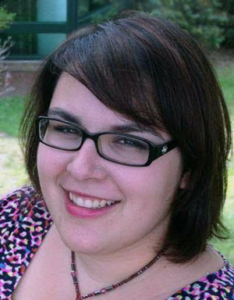Women’s Gifts and the Diaconate
by Carrie Frederick Frost
originally posted on Public Orthodoxy
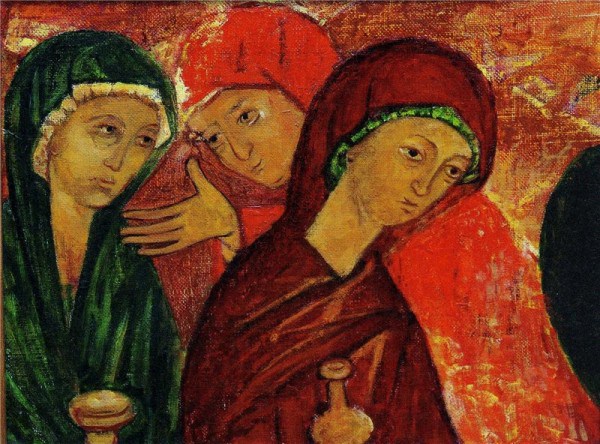 The reinstitution of the ordained female diaconate in the Orthodox Church today would result in a much-needed and transformative outpouring of women’s gifts into the Church and into the world.
The reinstitution of the ordained female diaconate in the Orthodox Church today would result in a much-needed and transformative outpouring of women’s gifts into the Church and into the world.
In order to appreciate the positive potential of the female diaconate, we must understand the absolute parity of women and men in the eyes of the Orthodox Church. The Church has always understood men and women to be equally created in the image and likeness of God, even if its broader cultural surrounding was highly patriarchal. As such, statements like this from Saint Basil were nothing short of radical: “The natures are alike of equal honor, the virtues are equal, the struggle equal, the judgment alike” (On the Human Condition). This thinking is representative of early Church Fathers, including Gregory of Nazianzus and Clement of Alexandria, and amounts to a rejection of any hierarchical understanding of the relationship between men and women in the Roman world. Indeed, this understanding of women and men as equal in their creation by God is one of Christianity’s great gifts to the world.
To be sure, this does not mean that all human life has been experienced in this way; indeed, the subjugation of women (at least within marriage) was part of the Fall (“[Your husband] shall rule over you” Genesis 3:16). We as Orthodox, however, do not enshrine any of the other characteristics of our fallen state outlined in Genesis as part of a sanctified and unquestioned order of things—difficult labor, our inclination toward violence, pain during childbirth, etc.—instead, we understand all of these conditions as worthy of our efforts to mitigate and overcome and that will ultimately be overcome.
Also, to be sure, this does not mean that all Christians throughout history embraced this understanding. For example, the early Church acquiesced to Roman norms of a patrician man’s authority in the domain of his household after it transitioned from a community that expected an imminent second coming to a community that was learning how to self-perpetuate. There is also no shortage of memorable misogynistic quips from famous rigorists, like Tertullian, who claimed, “Woman is a temple built over a sewer.”
There is nothing disrespectful to the Church in acknowledging that it has an imperfect historical record on this issue. In fact, it is our responsibility as Christians to lovingly mend any tears in the fabric of the Church’s earthly presence. Most importantly, these ideas have never been considered to be the basis for an Orthodox understanding of the essence of women and man, not in their own time nor our own.
The weight of our tradition reflects the sentiment expressed above by St. Basil: that women and men are equal, a truth which, of course, was illustrated by Jesus Christ himself. He accorded respect and dignity to women at every turn as recorded in the Gospels, even in the most unlikely of circumstances. There may be no greater affirmation of the respect, dignity, and equality of women with men that the fact that it was his women friends to whom he first appeared as the risen Christ.
And here is the second thing that must be understood in order to appreciate the possibility of the female diaconate for the Church today: Even within the context of the Church’s conviction of the essential equality of women and men, there is no sense that the Church understands women and men to be perfectly equivalent. Instead, there has always been an understanding and appreciation for the ways in which the human experience is lived out differently between women and men; the incarnational reality of women and men is not the same. This is reflected in the lives of the saints, in the marriage rite, in the iconography of the Church, the hymnography of the Church, and so on.
When we fully appreciate the fundamental parity between women and men, it becomes clear that any objection to the female diaconate based on women being subordinate to men holds no weight in the Orthodox context. And when we fully appreciate the longstanding acknowledgement of women and men’s different lived experiences and perspectives—their different incarnational realities—we also appreciate that men and women have different gifts to offer the Church.
In this light, the fading away of the female diaconate in the late Byzantine era for what looks to be complex historical reasons can only be understood as a tragedy. With an isolated exception here and there, for something like eight hundred years the Church has not benefited from women’s gifts offered as deaconesses. Of course, women have contributed to the life of the Church in innumerable ways in every historical and temporal context, but the loss of this sort of ordained ministry—which has the support, the protection, and oversight, and the authority of the Church—has deprived the Church of the experiences, perspectives, and unique gifts of generations of its faithful women.
An aside: Considering that the female diaconate has sound historical precedence and theological underpinnings, that the same cannot be said for the female priesthood, and that there is effectively no movement in the Orthodox Church today to even consider—much less push for—the female priesthood, we ought to be able to consider the female diaconate on its own merits.
Particular to the female diaconate: The Church needs its women’s gifts. It needs them by virtue of their baptism; simply on the basis of the unique gifts each human person has to offer. It also needs them because women have a different lived experience than men, a different incarnational reality than men, and therefore have different gifts to offer the Church as women. Women or men can offer the expertise of chaplains, administrators, pastoral counselors, but only women can offer the gifts garnered from their incarnational reality as women.
Any resistance to the female diaconate based on the concern that its effect would be to erase differences between women and men is unfounded. Instead, the female diaconate would honor the differences in the incarnational reality of women, and would allow the Church to benefit from these differences. In fact, refusing to consider the female diaconate out of fear of the Church succumbing to trends in the larger society around us that seek to elide any differences between women and men is actually, and ironically, a capitulation to society’s trends.
Women need women’s gifts; they need woman-to-woman ministry. This is not an antiquated idea that we here in enlightened America have outgrown. There is a reason I belong to an all-woman book group. There is wisdom behind the decision of the hospice where I volunteer to pair female respite caregivers with female patients (and male respite caregivers with male patients). There are times when a woman needs to be ministered to by another woman. And, yes, this happens informally in parishes (and book groups), but the good that could be done would be a hundredfold more if there were theologically and pastorally trained women ordained as deaconesses, ready to minister to other women, with the oversight, support, and authority of the Church.
The whole Church—not only women—needs women’s gifts. Women have a different lived experience of sexual abuse and assault, from which the whole Church would benefit. Women have a different perspective on authority, its judicious use, its squandering, its misuse, its abuse, from which the whole Church would benefit. Women have a different view of childrearing, marriage, and family life, from which the whole Church would benefit—and so on. And, again, yes, some of these gifts are already being shared with the Church here in the twenty-first century—with women on now on parish councils, teaching in seminaries, and so on—but this cannot compare to the ways in which women’s gifts would be truly infused into the life of the Church if women were ordained to the diaconate, and thus had the sacramental blessing of this ministry. As I understand it, the recognition of both the need for woman-to-woman ministry and the ways in which women’s gifts benefit the entire Church prompted the Patriarch of Alexandria to reinstitute the order of deaconesses in Africa last year.
I truly believe that the reinstitution of the ordained female diaconate in the other autocephalous Orthodox churches would do the opposite of undermining the differences between women and men; that it would instead allow the gifts of women to more fully be given to the Church and the world; that these gifts would be honored, celebrated, and realized in new, wonderful, and unanticipated ways; and that the female diaconate would prompt an effloresce of healing, well-being, flourishing, and hope in the life of my beloved Orthodox Church today.
Carrie Frederick Frost, PhD is a scholar of Orthodox theology, Professor of Theology at Saint Sophia Ukrainian Orthodox Seminary, and a Board Member of Saint Phoebe Center for the Deaconess.
Public Orthodoxy seeks to promote conversation by providing a forum for diverse perspectives on contemporary issues related to Orthodox Christianity. The positions expressed in this essay are solely the author’s and do not necessarily represent the views of the editors or the Orthodox Christian Studies Center.


